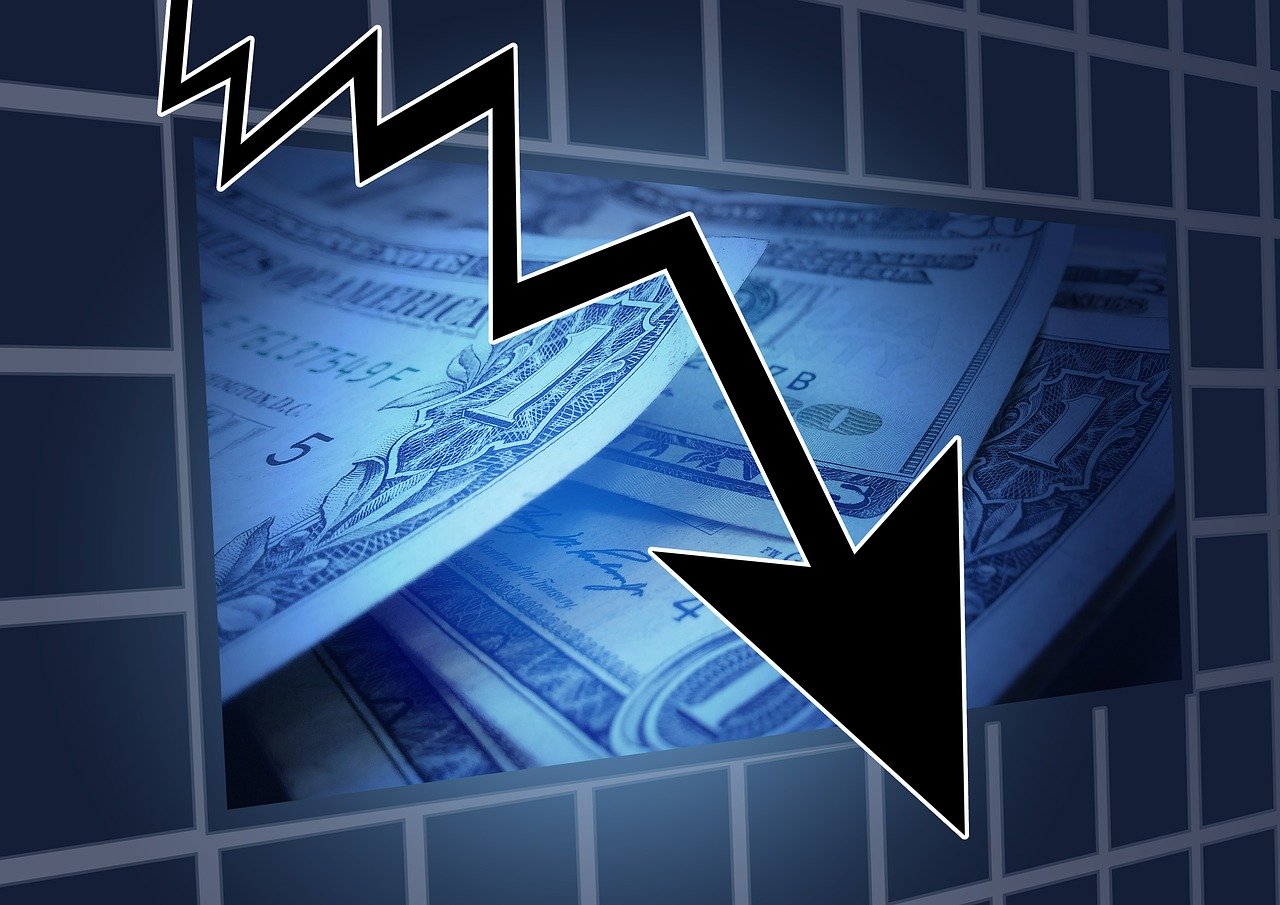It’s no surprise that the financial crisis of 2008 left the financial sector in a veritable uproar. Often referred to as “The Great Recession,” it was the most significant economic downturn in history since the Great Depression that followed the 1929 stock market crash.
Officially lasting from December 2007 until June 2009, the Great Recession also refers to the subsequent global recession. During the recession, the US gross domestic product (GDP) declined by 0.3 percent in 2008 and 2.8 percent in 2009, while in October 2009 the unemployment rate soared up to 10.2 percent.
But what was behind the disaster? How did we let it get to that point and what pushed us over the edge, causing such a massive economic downturn to occur?
Lack of Government Regulation

In a published report from 2011 by the Financial Crisis Inquiry Commission (made up of six Democrats and four Republicans), the financial crisis of 2008 could have been avoided. In their report, the committee members released several contributing factors that, if handled differently, could have prevented the financial downturn. For instance, the inability (or perhaps unwillingness) of the Federal Reserve to regulate the financial services industry resulted in the Fed’s inability to stop the problems with subprime mortgage lending.
The Subprime Mortgage Crisis
The subprime mortgage crisis is one of the most important factors that caused the resulting recession in 2008. Subprime mortgages are typically offered to people with lower credit scores (typically in the low 600s or below). These types of loans are a higher risk for lenders, as it’s less likely the borrower will be able to repay the loan.
But during the booming home market of the early 2000s, mortgage brokers were doling out more and more subprime mortgages, often for homes that would-be homeowners couldn’t really afford. These bonds were then sold to investment banks, packaged up with thousands of other similarly risky investments from all across the country. Meanwhile, these packages were given a AAA rating by the ratings companies (meaning they were considered extremely low-risk), which was simply wrong.
Original projections by the ratings companies of failures in these sub-prime mortgage loans were based on a minor but important detail. It has been theorized that ratings companies assumed that a failure in one area (say, lots of defaults in Boston) would not coincide with failures in other areas (say, Los Angeles or Seattle). It was this diversity in these packages that likely caused ratings companies to give the AAA rating; if one area failed, how could all the areas fail? Because of the AAA ratings, investors and investment banks continued to purchase these risky packages, causing the housing market demand to continue to increase.
The Federal Reserve began raising interest rates in 2004 in an attempt to slow down the booming housing market, going from below 2 percent to more than 5 percent by June 2006. This raised monthly payments for people holding interest only or other types of subprime mortgages, causing many to no longer be able to afford their payments.
But because of accompanying falling housing prices, in many cases, homes turned out to not be worth what borrowers had paid for them. This perfect storm meant that when homeowners were unable to make their monthly payments nor able to sell their homes for a profit, the only available option was to default on the loan.
With this burst of the housing bubble and subsequent decline in the housing market, the mortgage-backed securities that investors had been purchasing from banks (the aforementioned AAA-rated securities) began to swiftly decline in value.
Bankruptcy for Investment Banks
As the economy began to tank in response to the subprime mortgage crisis, the government attempted to intervene and hopefully prevent further economic collapse.

President Bush issued a stimulus package in February 2008, lowering taxes, providing rebates, and increasing loan limits in federal loan programs like Fannie Mae and Freddie Mac. This was supposed to result in more home sales and an economic boost.
However, the problems were far from over. In March 2008, the large investment banking firm Bear Stearns collapsed, blaming its problems on the investments it made in subprime mortgages. By September, the financial giant Lehman Brothers filed for bankruptcy, which was in the largest bankruptcy filing ever in United States history.
The Aftermath
The reverberations of the financial crisis were felt in the United States and in the rest of the world well beyond the official “end” of the recession in 2009. An increase in financial regulations soon began, intended to protect the economy from another recession and prevent predatory lending tactics.
Some argue that the repeal of the 1933 Glass-Steagall Act in the 1990s contributed to the Great Recession in 2008. Its removal allowed many of the larger financial institutions to merge, setting the scene for these so-called “too big to fail” government bailouts later.
Many now believe that the 2008 financial crisis could have been prevented with more regulation and oversight by the federal government. The 2008 collapse was a complicated collection of problems that resulted in years and years of crisis, from which the economy still hasn’t completely recovered.

